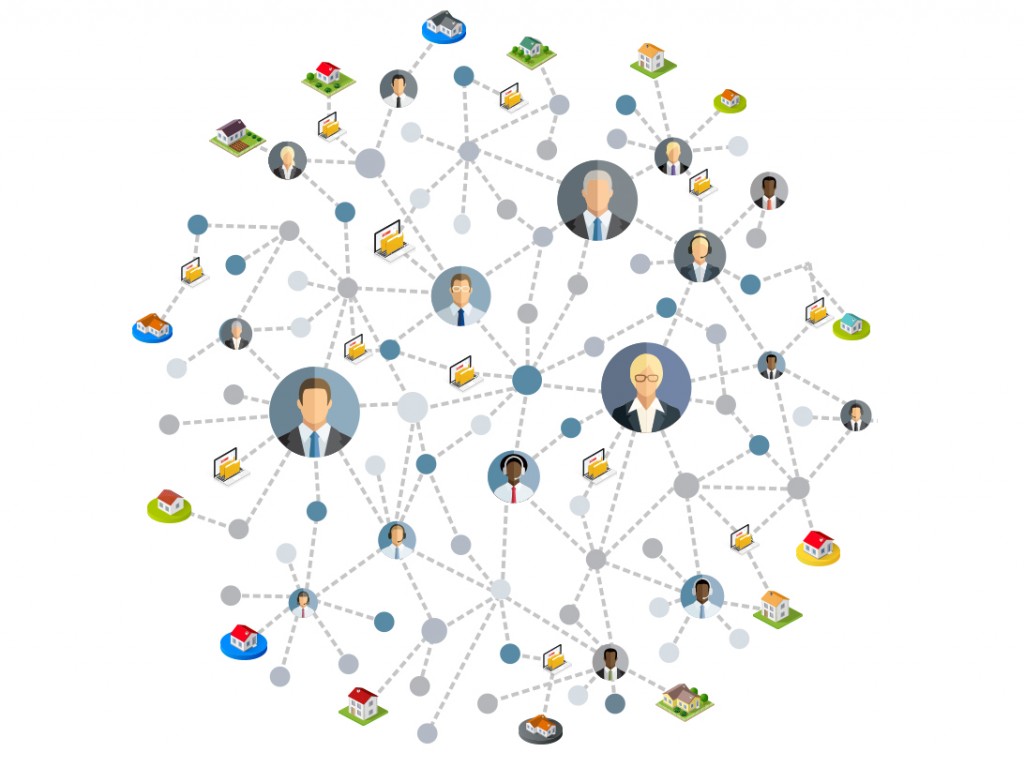 When controls fail and fraud occurs, internal audit departments are generally held to be an organisation’s last line of defence. Likewise, when fraud or bribery and corruption cases are discovered or when regulators come knocking, in-house counsel are often the ones to take ownership and deal with the issues.
When controls fail and fraud occurs, internal audit departments are generally held to be an organisation’s last line of defence. Likewise, when fraud or bribery and corruption cases are discovered or when regulators come knocking, in-house counsel are often the ones to take ownership and deal with the issues.
For in-house counsel and internal audit departments conducting internal investigations, the primary sources of information to review have included network servers, computers, laptops and handheld devices (ie, those belonging to the organisation and not falling under the increasing practice of employees’ using their own devices).
While these sources might have been sufficient in the past, the current smartphone generation is much more socially connected (albeit in electronic format) than 15-20 years ago and, as a result, the number of interactions made through instant messaging and similar applications for work-related matters has increased exponentially. This has directly affected companies’ ability to monitor, obtain and retain information for compliance and audit purposes.
Today, fraud and bribery and corruption investigations require the review of not only internal data (eg, books and records, computers, laptops and handheld devices), but also information from external sources, including but not limited to media, internet, search engines and social media platforms. For example, Kroll was retained through an external counsel to investigate allegations of bid rigging and receipt of gifts and inducements by an employee. Often, part of the investigations by Kroll includes retrieving and analysing relevant electronic data that had been deleted on selected hard drives and smartphones. This analysis can help identify questionable communications which provides additional investigative leads. In a similar way, when attempting to identify and recover assets, data obtained from geotagged posts on social networks made by a subject in a specific area might allow for the identification of the property of interest.

Data visualisation tools have emerged as a powerful resource for internal investigations
Alas, making sense out of vast sets of data can be daunting and overwhelming for most organisations. The need to adapt and evolve the collection and analysis of data is critical.
Over the years, data visualisation has taken a host of forms, from the simplest x-y axis charts to the infographics ubiquitous on most media platforms today. Recently, data visualisation tools have proved extremely enlightening in the context of internal investigations. They are able to combine structured data (eg, tables) and unstructured information (eg, social media posts, emails, documents) in a manner that makes it easier to find increasingly smaller needles in ever-growing haystacks.
With data visualisation tools, data can be connected from a variety of sources such as social media or computer records to represent the level of interconnections between various identified parties.
Once links are identified, an analyst can then focus on specific clusters and nodes to dig deeper in a more timely and cost-effective way.
By following the leads highlighted by data visualisation tools, the analyst can conduct a more in-depth analysis of financial transactions across accounts if for example money laundering is suspected. The hotspots that emerge can also help identify missing funds or heretofore unsuspected connections among customers, suppliers and/or employees.
In a world growing ever more connected and generating ever more information, in-house counsel and internal auditors face tremendous challenges in their efforts to discover, analyse and interpret data that is critical for their internal investigations. Innovative uses of technology, such as data visualisation tools, can enhance the ability to not only investigate instances of fraud, bribery and corruption, but also to help develop data-driven preventative strategies.
By Stefano Demichelis, Principal, Business Intelligence & Investigations, Kroll
E: sdemichelis@kroll.com
W: www.kroll.com
_____________________________________
Kroll is the leading global provider of risk solutions with more than 45 years of experience in helping clients make confident risk management decisions about people, assets, operations and security. For more information, visit www.kroll.com.
![]()


